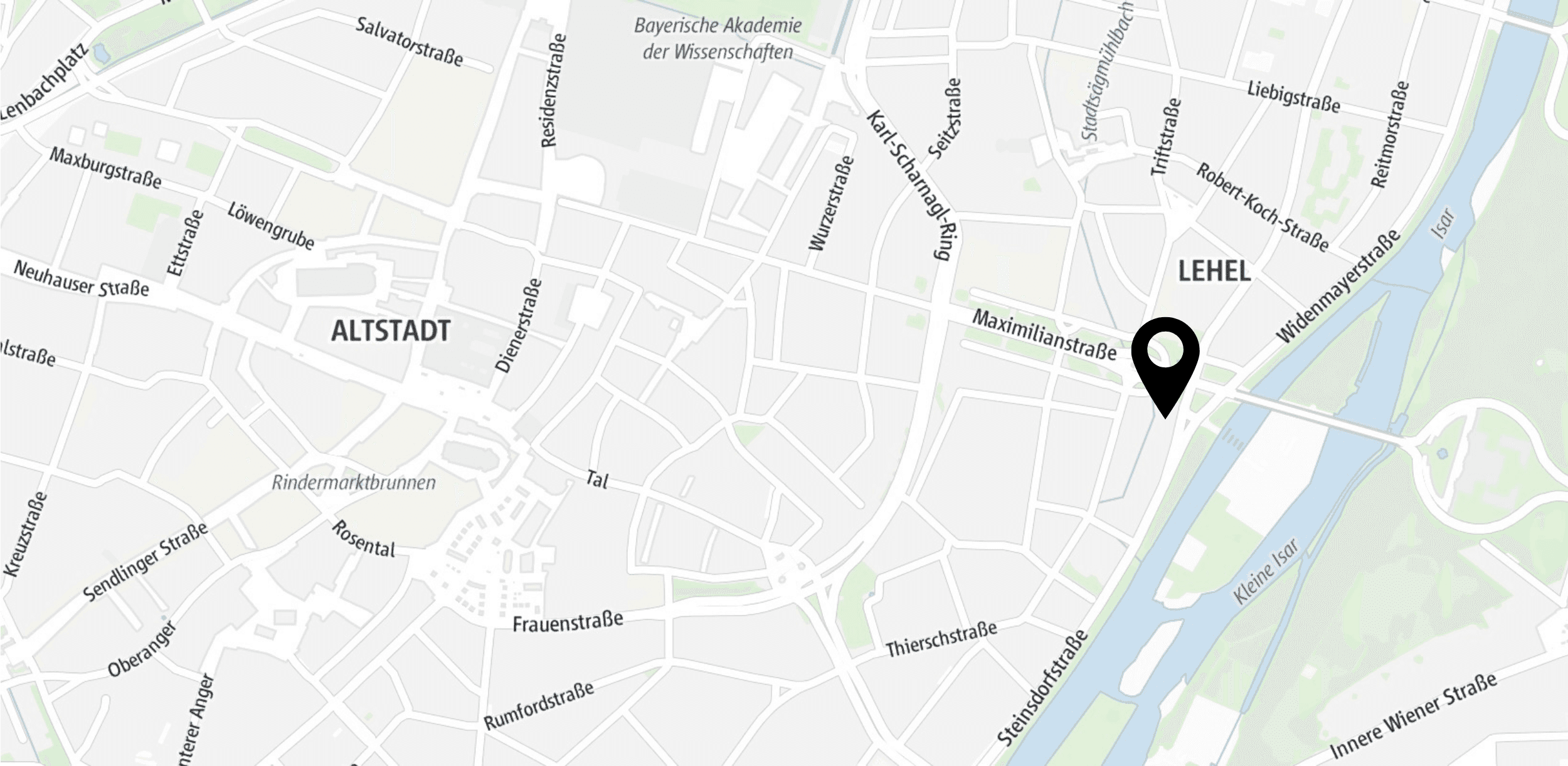
What is a Customer Data Platform (CDP)?
What is a Data Management Platform (DMP)?
With the help of a Customer Data Platform (CDP), you are able to collect and structure important information about your customers in a database. This creates customer segments and behavior models that help you address your customers in a way that is tailored to their target groups.
A Data Management Platform (DMP) is basically a software tool. It enables the creation of anonymous profiles with a view to advertising and marketing. It can also store summary data about each person and share their data with advertising systems.
Difference #1: Retargeting
Let's say your company sells skateboards on a website, and you want to run ads for people who look at a skateboard but don't intend to buy it. To do this, you need to send a list of these people to other websites so that these websites can send you an ad when these customers visit the website. To do this, you add a tag to your own website that marks the visitor's ID, the product they viewed, and whether they purchased. Your system then passes this information to an advertising network, which in turn identifies the visitor when they appear on a website within the advertising network. The result: an ad for the right product is displayed.
This is a DMP application: The visitor is anonymous, only summary data is required, and the primary connection is to the advertising systems. However, this is first-party data: and sometimes a CDP actually collects data from the website tag and feeds the retargeting audiences into a DMP. The CDP may also use purchase information to remove customers from the retargeting audience if they later purchase the product they were viewing.
Difference #2: Prospecting
Your company wants to expand its business by advertising to people who are similar to your existing customers. To do this, you send a list of your customers to a system that has data on a large population that includes both customers and non-customers. This system finds your customers in its files, determines the characteristics that set them apart, and creates a "lookalike" model to find other people who are similar. It then sends lists of these similar people to ad networks to target them.
This can be either a CDP or DMP application. If the ads are purchased through ad networks, you use a DMP to collect anonymous identifiers for your customers, match them to third-party lists, build your look-alike model with aggregated data, select similar anonymous people from the third-party lists, and send those lists to ad systems. However, if ads are purchased through closed networks like Google, Facebook, or Amazon, you need a CDP because these networks require a customer email for matching; they then build their own similarity models and use them to create audiences from their own customer lists. Even in the case of DMP, the original customer list likely came from a CDP and can rely on a detailed history to identify the best customers for matching.
Difference #3: Individualized recommendations
Your company wants to recommend products to customers just like the ones they have bought, but also analyze other behaviors, such as the fact that they didn't buy a product that was offered. To do this, you need to track each customer's behavior over time, which means identifying them and recording each visit. You also need to build a predictive model based on this data.
This is a CDP application. It requires detailed history data on known individuals and shares its results with multiple systems, including websites, email engines, call centers, and in-store messaging apps.
Difference #4: CRM Integration
Does your company's sales department work with a CRM system that stores account information and records of previous calls, but doesn't store other information like marketing messages or previous purchases? As a result, salespeople often have to look in other systems to solve a problem or make the right offer. But you can avoid this by displaying information from all systems on the CRM system screen.
To do this, you need to combine the most important information about each customer into a single profile and access other information about that customer in the original source systems. The CRM system is unable to do this because it lacks the data structures to store all the necessary information internally. This is a CDP application. It requires storing detailed first-party data, matching personal identifiers of known individuals across different systems, and sharing its data with the CRM system.
Difference #5: Notice about Back-In-Stock
Your company sells fashion shoes that are often sold out in the style, size, and color the customer wants. You want to capture the customers who tried to order a shoe and encountered this problem, and later send a notification when the desired shoe is available again. To do this, you re-tag your website and capture the transaction data. This will contain specific information about the product and must include the customer's email address. Your system will then monitor new inventory, find products as they arrive, and send a list of those customers to your email system with the product details. Before sending the list, the system can weed out customers who have had service issues, made a similar purchase, or unsubscribed from your emails.
This is a CDP application. It requires access to detailed first-party data, working with personal identifiers customers and sending data to the email system.
Our business intelligence and data integration service provides you with valuable insights based on data.







